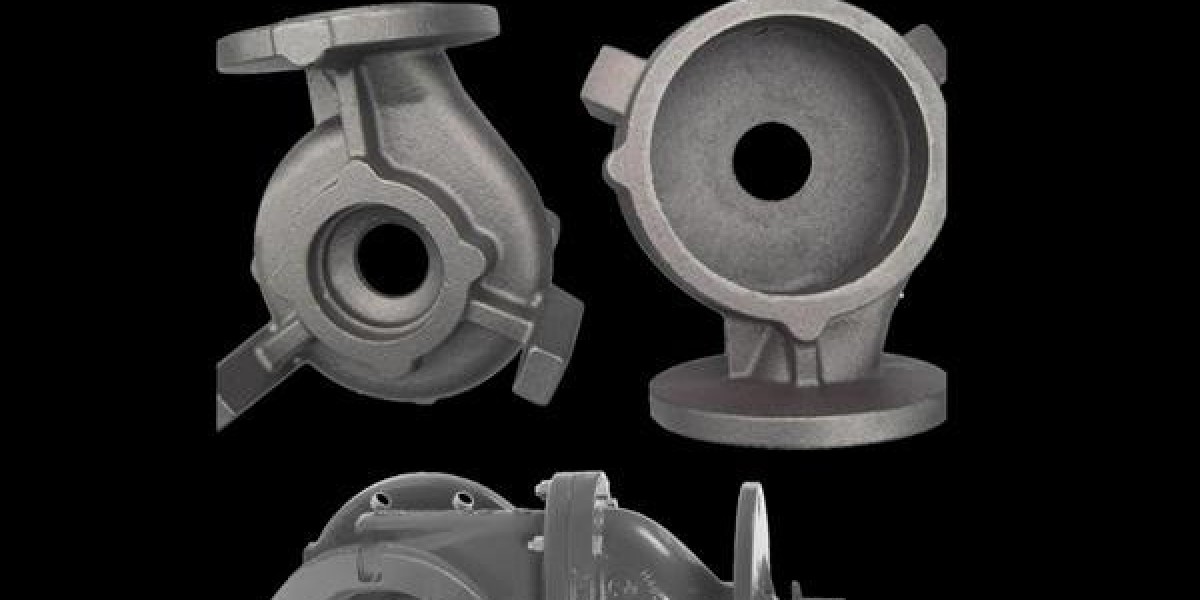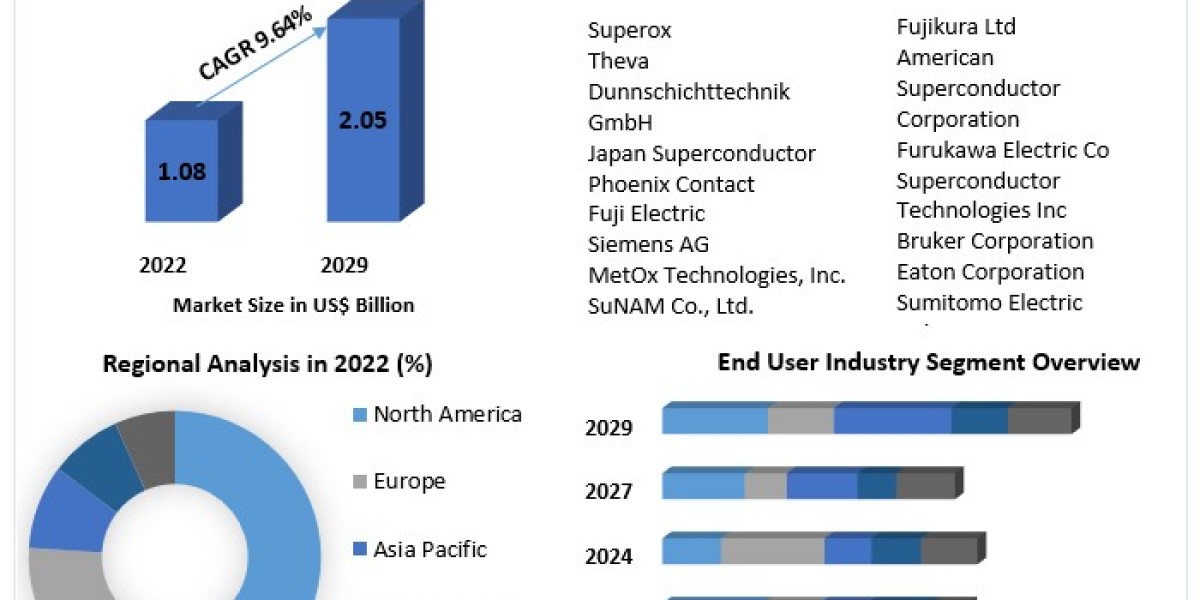When it comes to iron alloys, two common materials often come into play: ductile iron vs cast iron. While they may appear similar at first glance, they possess distinct properties and applications. Understanding these differences is crucial for selecting the right material for various engineering and industrial needs. In this guide, we'll delve into the characteristics, applications, and comparative advantages of ductile iron vs cast iron.
Ductile Iron: Ductile iron, also known as nodular or spheroidal graphite iron, is a type of cast iron that exhibits enhanced ductility and toughness. Its microstructure consists of graphite nodules embedded in a matrix of ferrite and pearlite. These graphite nodules give ductile iron its unique properties, allowing it to be more flexible and resilient compared to traditional cast iron.
Properties and Characteristics:
- Ductility: Ductile iron is highly ductile, meaning it can deform under tensile stress without fracturing. This property makes it suitable for applications where flexibility is required, such as automotive components and pipes.
- Toughness: Ductile iron possesses excellent toughness, allowing it to withstand impact and shock loading. This makes it ideal for use in heavy-duty machinery and equipment.
- Machinability: Ductile iron is relatively easy to machine, allowing for the production of complex shapes and precision components.
- Corrosion Resistance: While not as corrosion-resistant as some other materials like stainless steel, ductile iron can be protected through coatings or cathodic protection methods.
Applications: Ductile iron finds a wide range of applications across various industries, including:
- Automotive: Engine blocks, crankshafts, and suspension components.
- Construction: Water and sewer pipes, fittings, and valves.
- Machinery: Gears, housings, and hydraulic components.
- Agriculture: Plowshares, tractor components, and irrigation systems.
Cast Iron: Cast iron is a broad term encompassing several types of iron alloys, including gray iron, white iron, and malleable iron. Unlike ductile iron, cast iron typically contains graphite flakes, which weaken the material and reduce its ductility. However, cast iron offers other desirable properties depending on its composition and heat treatment.
Properties and Characteristics:
- Compression Strength: Cast iron exhibits excellent compression strength, making it suitable for applications where heavy loads are involved, such as in structural components and machine bases.
- Wear Resistance: Certain types of cast iron, such as white iron, are known for their exceptional wear resistance, making them ideal for applications involving abrasive wear, like in pump impellers and crusher liners.
- Heat Retention: Cast iron has excellent heat retention properties, making it suitable for use in cookware and stoves.
- Damping Capacity: Cast iron has a high damping capacity, meaning it can absorb and dissipate vibration and noise, making it ideal for applications such as machine tool bases and engine blocks.
Applications: Cast iron finds diverse applications across various industries, including:
- Engineering: Machine tool bases, frames, and brake discs.
- Cookware: Skillets, griddles, and Dutch ovens.
- Architecture: Ornamental elements, such as railings and columns.
- Marine: Engine components, ship fittings, and propellers.
Comparative Analysis: While both ductile iron and cast iron have their unique properties and applications, choosing between them depends on specific requirements such as strength, ductility, wear resistance, and cost. In general:
- Ductile iron is preferred for applications requiring high ductility, toughness, and impact resistance.
- Cast iron is suitable for applications requiring high compression strength, wear resistance, and vibration damping.
Conclusion: In summary, ductile iron vs cast iron are two distinct materials with their own set of properties and applications. Understanding their differences is essential for making informed decisions in various engineering, industrial, and commercial settings. Whether it's designing automotive components, constructing infrastructure, or selecting the right cookware, knowing when to use ductile iron vs cast iron can lead to optimal performance and cost-effectiveness.








